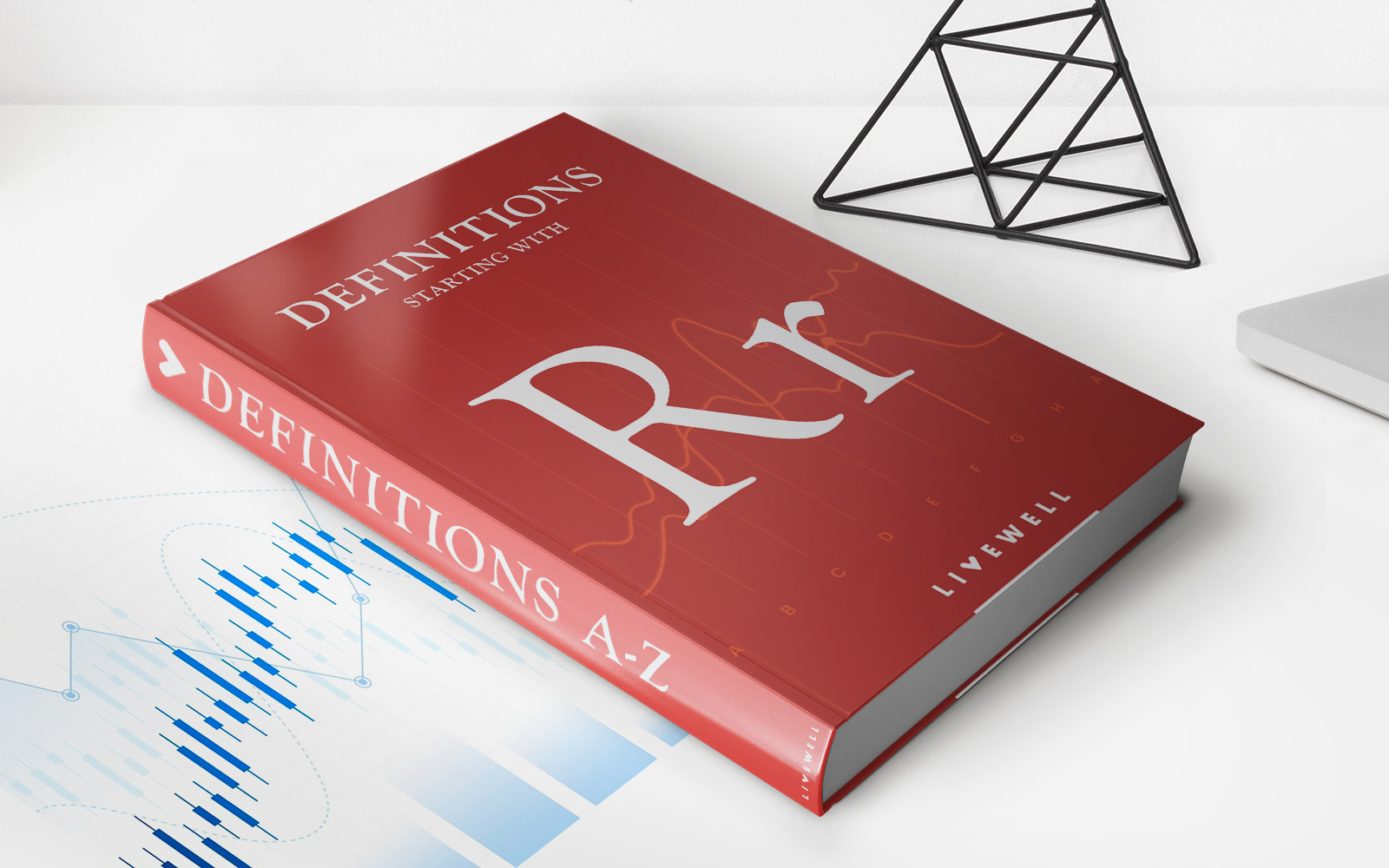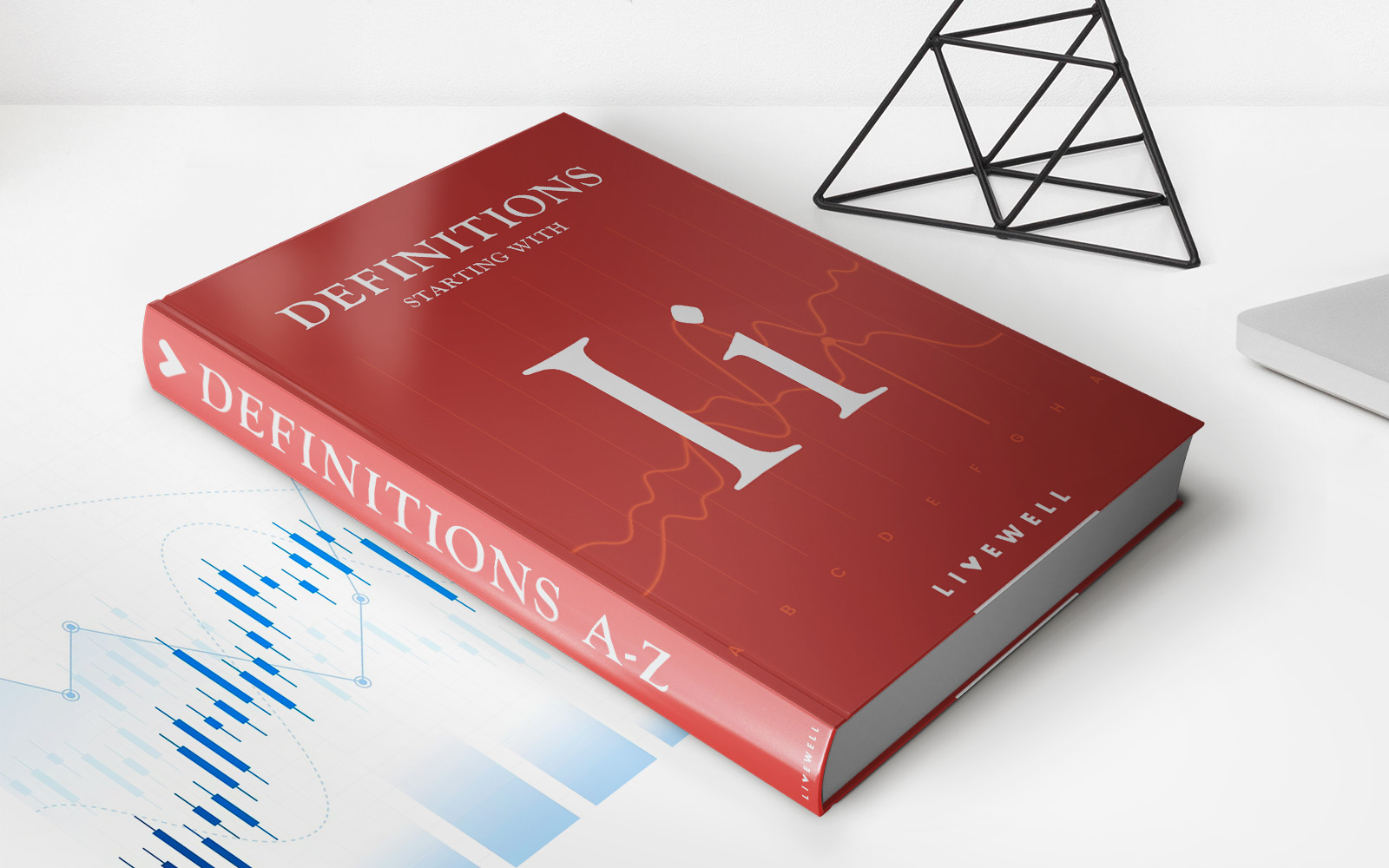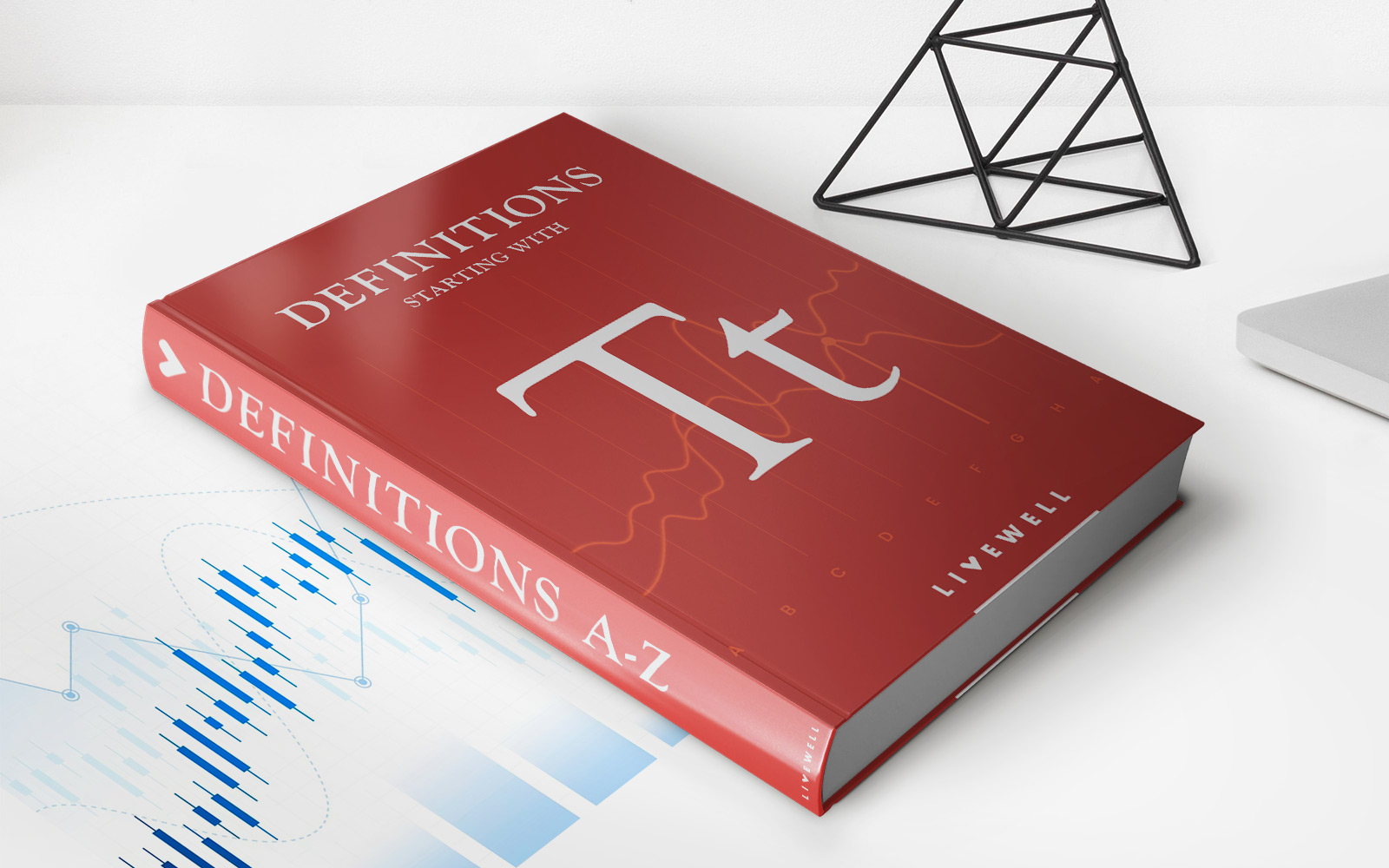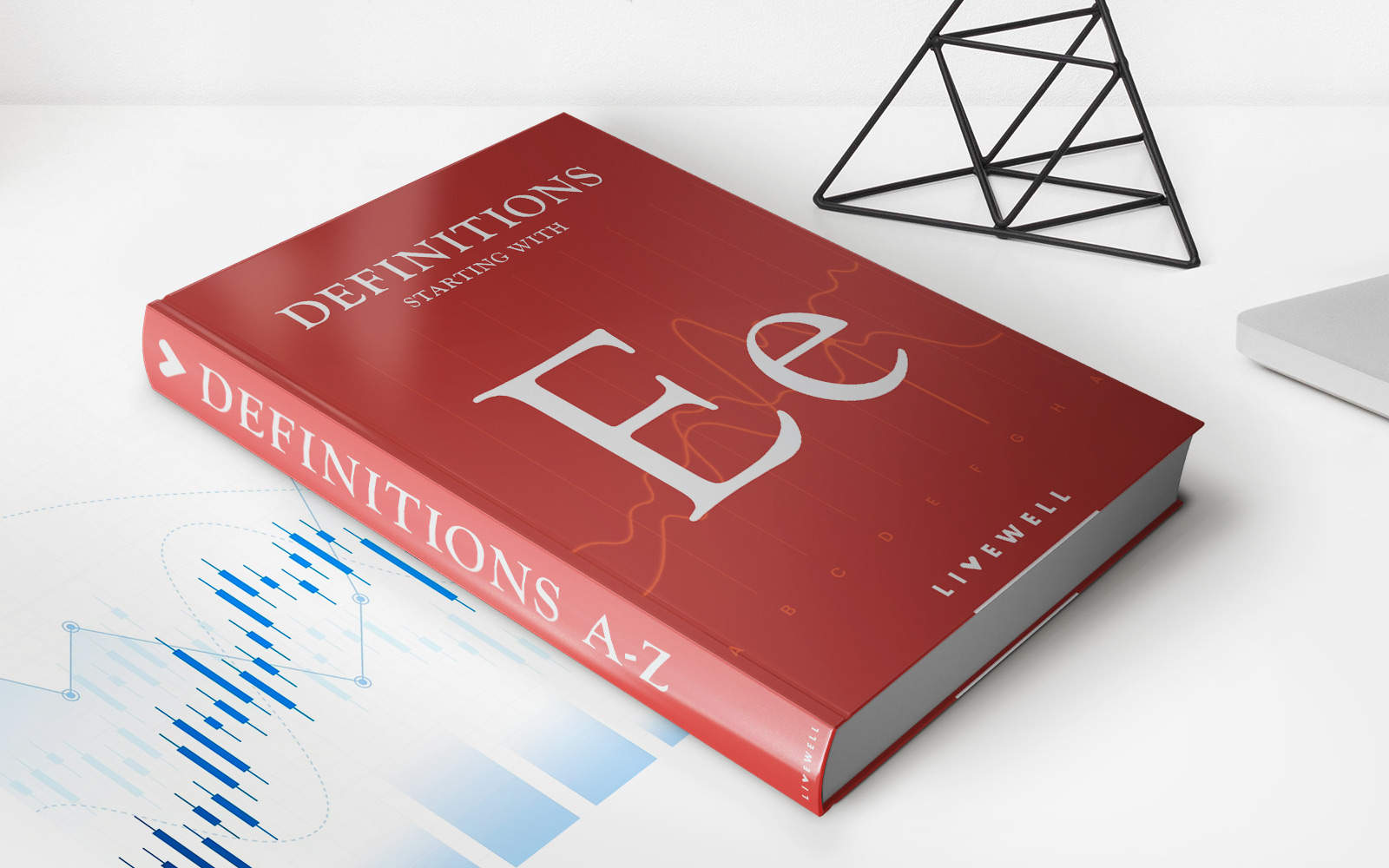Home>Finance>Bare Trust: Definition, Advantages, Vs. Other Trust Types


Finance
Bare Trust: Definition, Advantages, Vs. Other Trust Types
Published: October 14, 2023
Learn about the definition, advantages, and differences between a bare trust and other trust types in finance.
(Many of the links in this article redirect to a specific reviewed product. Your purchase of these products through affiliate links helps to generate commission for LiveWell, at no extra cost. Learn more)
What is a Bare Trust and How Can it Benefit You?
Are you looking for an effective way to manage your finances and protect your assets? Look no further! In this blog post, we will explore the concept of a Bare Trust, its definition, advantages, and how it differs from other trust types. Whether you are a financial enthusiast or a curious individual seeking information about trusts, this blog post is for you!
Key Takeaways:
- A Bare Trust is a simple and straightforward type of trust in which the legal ownership and control of the assets are separated. The trustee holds the assets on behalf of the beneficiary, and the beneficiary has the ultimate control and benefits of the assets.
- One of the significant advantages of a Bare Trust is the flexibility it offers. The beneficiary has complete control over the assets, which means they can freely manage, sell, or gift them as they see fit.
Understanding Bare Trust: Definition and Basics
A Bare Trust, also known as a simple trust or nominee trust, is a legal arrangement where the trustee holds assets on behalf of the beneficiary. The essence of a Bare Trust lies in the fact that the legal ownership and control of the assets are separated. While the trustee technically owns the assets, the beneficiary has the ultimate control and benefits from them.
Unlike other trust types, a Bare Trust does not involve complicated rules or discretionary powers granted to the trustee. Instead, it offers simplicity and direct control to the beneficiary. This type of trust is commonly used for various purposes, including managing and protecting assets, tax planning, and ensuring the smooth transfer of assets to future generations.
Advantages of a Bare Trust
Now that we understand what a Bare Trust is, let’s delve into its advantages and why it might be the right choice for you:
- Flexibility: One of the significant advantages of a Bare Trust is the flexibility it offers. Since the beneficiary has complete control over the assets, they can freely manage, sell, or gift them as they see fit. This flexibility allows for effective wealth management and the ability to adapt to changing circumstances.
- Protection of Assets: By setting up a Bare Trust, you can protect your assets from potential threats or claims made against you. Since the legal ownership of the assets lies with the trustee, they are shielded from personal liability or any adverse situations you may face. This protection is particularly beneficial for individuals looking to safeguard their assets for future generations.
Bare Trust vs. Other Trust Types
Now that we have explored the advantages of a Bare Trust, let’s compare it to other trust types to understand their differences:
- Discretionary Trust: Unlike a Bare Trust, a Discretionary Trust grants the trustee the power to distribute the assets among a group of beneficiaries as they deem appropriate. This type of trust offers more flexibility for tax planning and charitable purposes but may limit the direct control and benefits of the individual beneficiaries.
- Fixed Interest Trust: In a Fixed Interest Trust, the beneficiaries receive a fixed amount of income or a fixed percentage of the trust assets. This type of trust is commonly used for estate planning purposes, but it restricts the flexibility and control available in a Bare Trust.
- Spendthrift Trust: A Spendthrift Trust is created to protect the beneficiaries from their own poor financial decisions or potential creditors. The trustee has the discretion to distribute funds to the beneficiaries while safeguarding the trust assets. Although a Spendthrift Trust offers asset protection, it limits the direct control and benefits of the beneficiaries.
Each trust type serves different purposes, and the right choice depends on your specific goals and circumstances. A Bare Trust offers simplicity, flexibility, and direct control, making it an attractive option for individuals seeking financial management and asset protection.
In Summary
Bare Trusts are a simple yet effective way to manage your finances and protect your assets. By setting up a Bare Trust, you can ensure that your assets are efficiently managed while maintaining complete control and flexibility over them. Whether you are planning for the future or looking to protect your wealth, a Bare Trust might be the solution you are seeking.
Remember, always consult with a qualified professional before making any financial decisions or establishing a trust.
We hope this blog post has provided you with valuable insights into the world of Bare Trusts. If you have any further questions or would like to explore this topic further, feel free to reach out to our team of finance experts.














